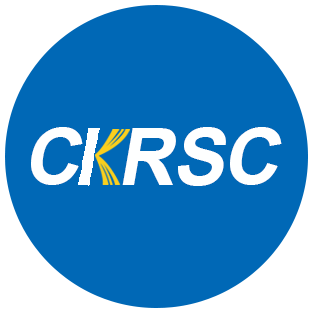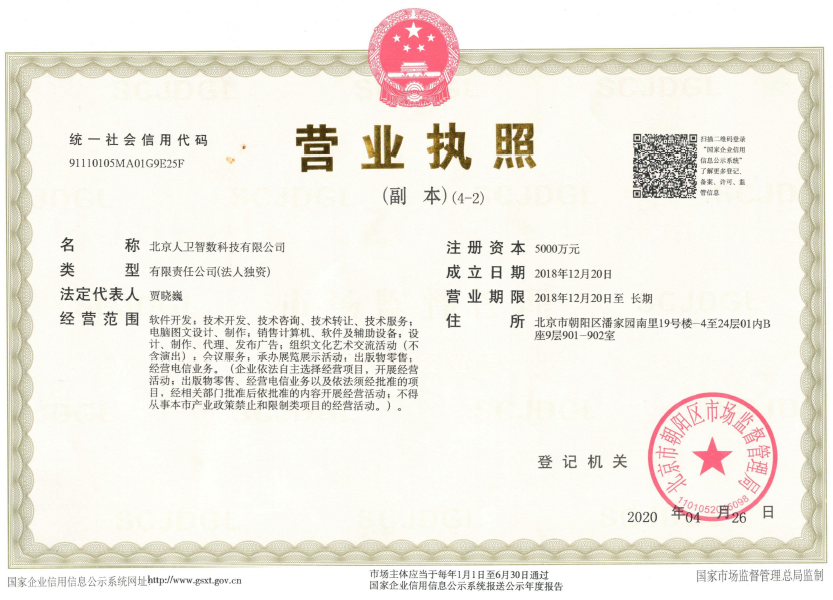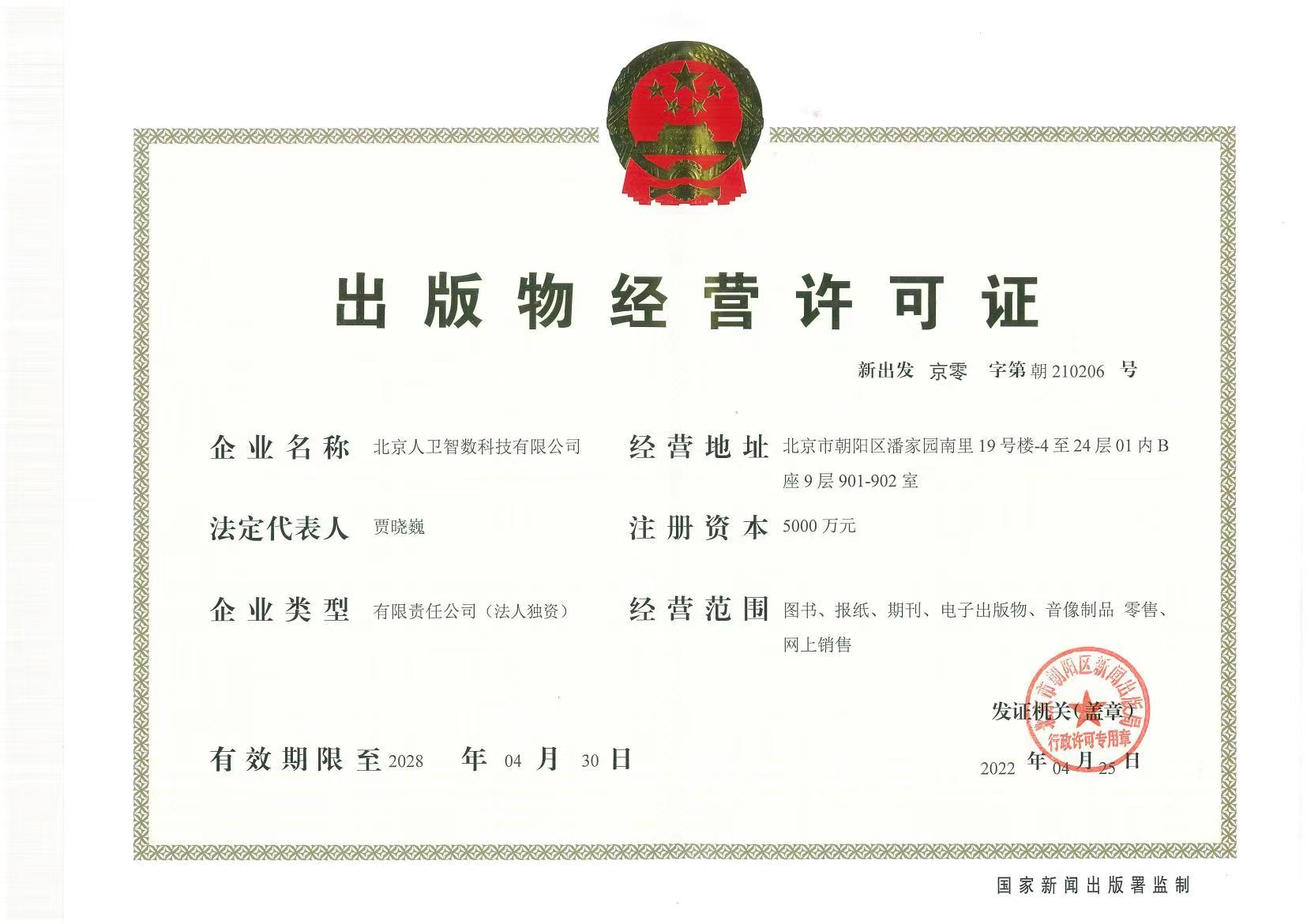获得性继发性醛固酮缺乏症(选择性低肾素性低醛固酮血症)于1957年由Hudson首先报告。患者醛固酮减少的原因为肾素缺乏,临床特点为高钾血症、血浆肾素和醛固酮降低和高氯性酸中毒(Ⅳ型肾小管性酸中毒)。
AT-2是刺激醛固酮分泌的最关键因素。许多肾脏疾病均可干扰或破坏肾小球球旁装置,导致肾素缺乏和继发性醛固酮缺乏,即低肾素血症性低醛固酮症(hyporeninemic hypoaldosteronism),其病因包括:①慢性肾脏疾病:如糖尿病肾病、慢性肾盂肾炎、间质性肾炎、肾小球硬化、肾囊肿和肾石病。②其他疾病和因素所致的肾损伤:如狼疮性肾炎、痛风、多发性骨髓瘤、肾脏淀粉样变性或甲旁亢。③药物:如肾素分泌抑制剂、前列腺素合酶抑制剂、环孢素(cyclosporin A)、丝裂霉素C(mitomycin C)、ACTH、替可克肽(cosyntropin)、非甾体类抗炎药、两性霉素和止痛药等。④垂体选择性ACTH缺乏症。⑤其他:如先天性自主神经病变、肝硬化、镰状细胞贫血、POEMS综合征、AIDS、铅中毒、过量使用碳酸氢钠、血色病等。但在临床上,以糖尿病肾病最常见。肾素和醛固酮分泌减少涉及多个方面,主要有:①肾功能损害,肾小球滤过减少,血容量增加,血压增高,肾素分泌减少。②肾间质性疾病损害肾小球球旁器,分泌肾素的颗粒细胞数目减少,肾素释放减少,继发醛固酮分泌不足。尸检发现患有本病的糖尿病肾病患者,肾小球球旁器有透明变性。③自主神经病变(尤其是糖尿病自主神经病变)使肾素释放减少。④肾素原转化为肾素存在缺陷。GH缺乏也可导致低肾素低醛固酮症,原因不明。
1.Morrison N,Harrap SB,Arriza JL,et al.Regional chromosomal assignment of the human mineralocorticoid receptor gene to 4q31.1.Hum Genet,1990,85:130-132.
2.Nuclear Receptors Nomenclature Committee.A unified nomenclature system for the nuclear receptor superfamily.Cell,1999,97:161-163.
3.Riepe FG,Finkeldei J,de Sanctis L,et al.Elucidating the underlying molecular pathogenesis of NR3C2 mutants causing autosomal dominant pseudohypoaldosteronism type 1.J Clin Endocrinol Metab,2006,91:4552-4561.
4.Balsamo A,Cicognani A,Gennari M,et al.Functional characterization of naturally occurring NR3C2 gene mutations in Italian patients suffering from pseudohypoaldosteronism type 1.Eur J Endocrinol,2007,156:249-256.
5.Wilczynski C,Shah L,Emanuele MA,et al.SELECTIVE HYPOALDOSTERONISM:A REVIEW.Endocr Pract,2015,21(8):957-65.
6.Hanukoglu A,Bistritzer T,Rakover Y,et al.Pseudohypoaldosteronism with increased sweat and saliva electrolyte values and frequent lower respiratory tract infections mimicking cystic fibrosis, J Pediatr1994,125:752-755.
7.Marthinsen L,Kornfalt R,Aili M,et al.Recurrent Pseudomonas bronchopneumonia and other symptoms as in cystic fibrosis in a child with type I pseudohypoaldosteronism.Acta Paediatr,1998,87:472-474.
8.Kerem E,Bistritzer T,Hanukoglu A,et al.Pulmonary epithelial sodium-channel dysfunction and excess airway liquid in pseudohypoaldosteronism.N Engl J Med,1999,341:156-162.
9.Schaedel C,Marthinsen L,Kristoffersson AC,et al.Lung symptoms in pseudohypoaldosteronism type 1 are associated with deficiency of the alpha-subunit of the epithelial sodium channel.J Pediatr,1999,135:739-745.
10.Thomas CP,Zhou J,Liu KZ,et al.Systemic pseudohypoaldosteronism from deletion of the promoter region of the human Beta epithelial na(+)channel subunit.Am J Respir Cell Mol Biol,2002,27:314-319.
11.Riepe FG.Clinical and molecular features of type 1 pseudohypoaldosteronism.Horm Res,2009,72:1-9.
12.Zennaro MC,Lombes M.Mineralocorticoid resistance.Trends Endocrinol Metab,2004,15:264-270.
13.Bogdanovic R,Stajic N,Putnik J,et al.Transient type 1 pseudo-hypoaldosteronism:report on an eight-patient series and literature review.Pediatr Nephrol,2009,24:2167-2175.
14.Yorke E,Stafford S,Holmes D,et al.Aldosterone deficiency after unilateral adrenalectomy for Conn’s syndrome:a case report and literature review.Int J Surg Case Rep,2015,7C:141-4.
15.Gordon RD.Syndrome of hypertension and hyperkalemia with normal glomerular filtration rate.Hypertension 1986,8:93-102.
16.Gordon RD,Ravenscroft PJ,Klemm SA,et al.A new Australian kindred with the syndrome of hypertension and hyperkalaemia has dysregulation of atrial natriuretic factor.J Hypertens Suppl, 1988, 6:S323-S326.
17.Mayan H,Vered I,Mouallem M,et al.Pseudohypoaldosteronism typeⅡ:marked sensitivity to thiazides,hypercalciuria,normomagnesemia,and low bone mineral density.J Clin Endocrinol Metab,2002,87:3248-3254.
18.Mansfield TA,Simon DB,Farfel Z,et al.Multilocus linkage of familial hyperkalaemia and hypertension,pseudohypoaldosteronism type Ⅱ,to chromosomes 1q31-42and 17p11-q21.NatGenet, 1997, 16:202-205.
19.O’Shaughnessy KM,Fu B,Johnson A,et al.Linkage of Gordon’s syndrome to the long arm of chromosome17 in a region recently linked to familial essential hypertension.J Hum Hypertens, 1998, 12:675-678.
20.Mayan H,Munter G,Shaharabany M,et al.Hypercalciuria in familial hyperkalemia and hypertension accompanies hyperkalemia and precedes hypertension:description of a large family with the Q565E WNK4 mutation.J Clin Endocrinol Metab,2004,89:4025-4030.
21.Disse-Nicodeme S,Desitter I,Fiquet-Kempf B,et al.Genetic heterogeneity of familial hyperkalaemic hypertension.J Hypertens,2001,19:1957-1964.
22.Palmer BF.Managing hyperkalemia caused by inhibitors of the reninangiotensin-aldosterone system.N Engl J Med,2004,351:585-592.
23.Uribarri J,Oh MS,Carroll HJ.Hyperkalemia in diabetes mellitus.J Diabet Complications,1990,4:3-7.
24.DeFronzo RA.Hyperkalemia and hyporeninemic hypoaldosteronism.Kidney Int,1980,17:118-134.
25.van Nieuwkoop C,Ijpelaar DH,Bolk JH.Treating proteinuria in a diabetic patient despite hyperkalaemia due to hyporeninaemic hypoaldosteronism.Neth J Med,2007,65(2):75-77.
26.Bruno I,Pennesi M,Marchetti F.ACE-inhibitors-induced metabolic acidosis in a child with nephrotic syndrome.Pediatr Nephrol,2003,18(12):1293-1294.
27.Onozaki A,Katoh T,Watanabe T.Hyporeninemic hypoaldosteronism associated with Sjögren’ s syndrome.Am J Med, 2002, 112 (3):245-246.
28.Donnelly S,Shah BR.Erythropoietin deficiency in hyporeninemia.Am J Kidney Dis,1999,33(5):947-953.
29.du Cheyron D,Bouchet B,Cauquelin B,et al.Hyperreninemic hypoaldosteronism syndrome,plasma concentrations of interleukin-6 and outcome in critically ill patients with liver cirrhosis.Intensive Care Med,2008,34(1):116-124.
30.Williamson SL,Christodoulou J.Rett syndrome:new clinical and molecular insights.Eur J Hum Genet,2006,14(8):896-903.
31.Bogdanovi'cR,Staji'cN,Putnik J,et al.Transient type 1 pseudo-hypoaldosteronism:report on an eight-patient series and literature review.Pediatr Nephrol,2009,24(11):2167-2175.
32.Chadha V,AlonUS.Hereditary renal tubular disorders.Semin Nephrol,2009,29(4):399-411.
33.Riepe FG.Clinical and molecular features of type 1 pseudohypoaldosteronism.Horm Res,2009,72(1):1-9.
34.Hui E,Yeung MC,Cheung PT,et al.The clinical significance of aldosterone synthase deficiency:report of a novel mutation in the CYP11B2 gene.BMC Endocr Disord,2014,14(1):29.
35.Arregger AL,Cardoso EM,Zucchini A,et al.Adrenocortical function in hypotensive patients with end stage renal disease.Steroids,2014,84:57-63.
36.Seidowsky A,Moulonguet-Doleris L,Hanslik T,et al.Rev Med Interne,2014,35(1):45-55.
37.Jain G,Ong S,Warnock DG.Genetic disorders of potassium homeostasis.Semin Nephrol,2013,33(3):300-9
38.Fischer E,Hanslik G,Pallauf A,et al.Prolonged zona glomerulosa insufficiency causing hyperkalemia in primary aldosteronism after adrenalectomy.J Clin Endocrinol Metab,2012,97(11):3965-73.
39.Vantyghem MC,Balavoine AS,et al.Douillard C.Hyponatremia and antidiuresis syndrome.Ann Endocrinol(Paris),2011,72 (6):500-12.
40.Reddy P.Clinical approach to renal tubular acidosis in adult patients.Int J Clin Pract,2011,65(3):350-60.
41.Lehnhardt A,Kemper MJ.Pathogenesis,diagnosis and management of hyperkalemia.Pediatr Nephrol,2011,26(3):377-84.
42.Bogdanovi'cR,Staji'cN,Putnik J,et al.Pseudo-hypoaldosteronism:report on an eight-patient series and literature review.Pediatr Nephrol,2009,24(11):2167-75.
43.Wikiera B,Głab E,Barg E,et al.Congenital hypoaldosteronism associated with nails hypothrophy-case report and review of the literature.Pediatr Endocrinol Diabetes Metab,2008,14(4):253-6.
44.Karet FE.Mechanisms in hyperkalemic renal tubular acidosis.J Am Soc Nephrol,2009,20(2):251-4.
45.Hollander-Rodriguez JC,Calvert JF Jr.Hyperkalemia.Am Fam Physician,2006,73(2):283-90.
46.Schambelan M,Sebastian A,Biglieri EG.Prevalence,pathogenesis,and functional significance of aldosterone deficiency in hyperkalemic patients with chronic renal insufficiency.Kidney Int, 1980, 17:89-101.
47.Karet FE.Mechanisms in hyperkalemic renal tubular acidosis.J Am Soc Nephrol,2009,20:251-4.
48.Edwards CR,Stewart PM,Burt D,et al.Localisation of 11 betahydroxysteroid dehydrogenase—tissue specific protector of the mineralocorticoid receptor.Lancet,1988,2:986-9.
49.Diederich S,Eigendorff E,Burkhardt P,et al.11 beta-hydroxysteroid dehydrogenase types 1 and 2:an important pharmacokinetic determinant for the activity of synthetic mineralo-and glucocorticoids.J Clin Endocrinol Metab,2002,87:5695-701.













